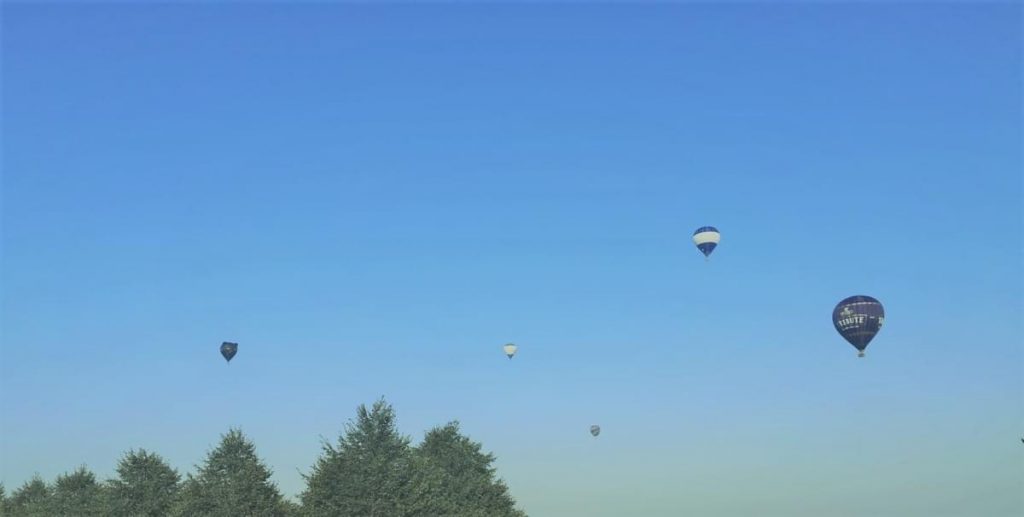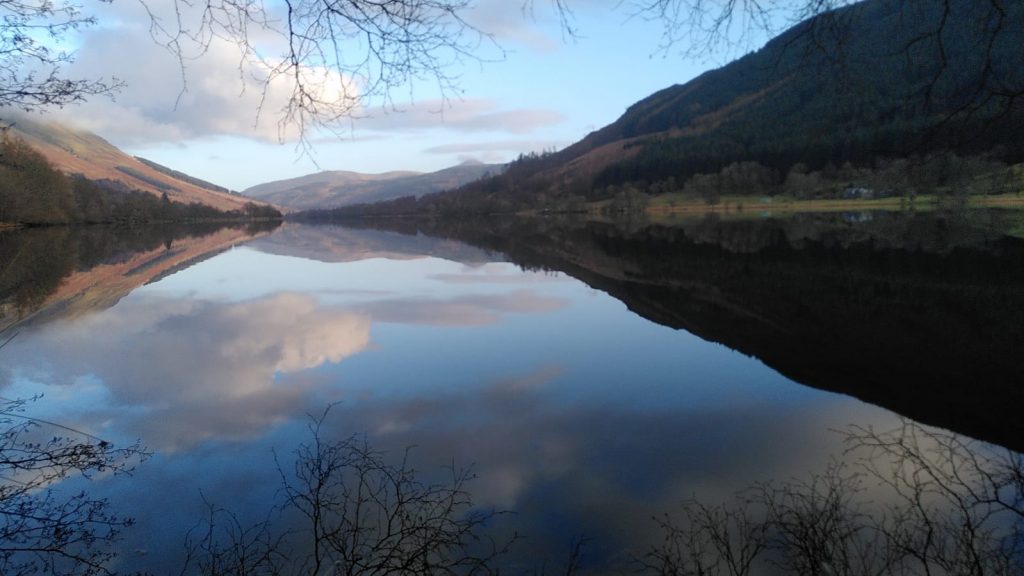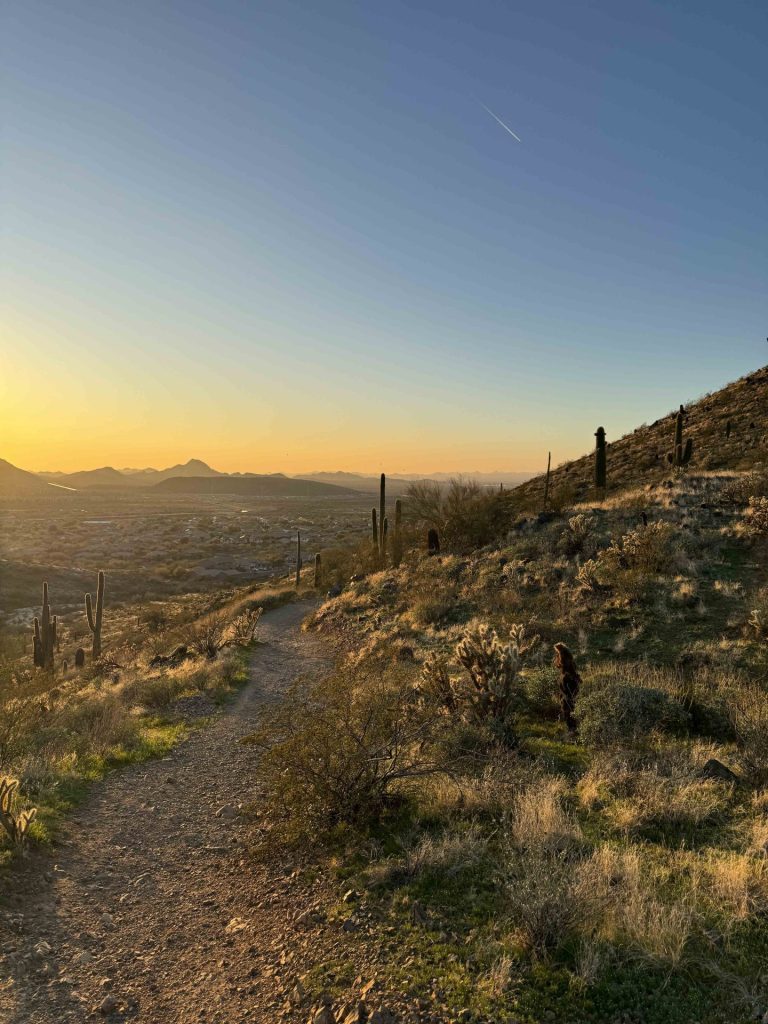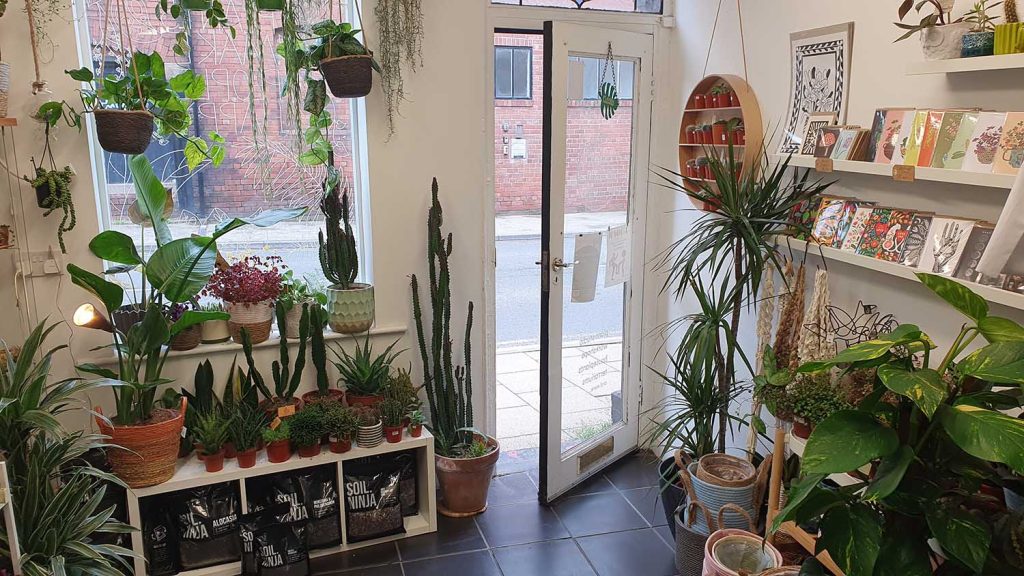Six and a half flying ideas for the future

I’m what you might call a recovering flying addict. I love to travel and invariably enjoyed air travel too. I have opinions on where exactly to best sit on the plane (always window), which airlines did better food, when it was worth paying for priority boarding or not. I am also the perfect size for flying; my legs aren’t too long, and as a bit of a contortionist with a super power for sleep, I have a suite of positions to get comfy. I built my identity and more recently my life around flying as a digital nomad. So taking the FlightFree pledge has meant a major overhaul in my lifestyle. While I’m attempting to stay still more, I couldn’t ignore that itch in Paris (by train) to the ChangeNOW Summit to find out how we might be able to travel by air in a sustainable way. Is it even possible?
An 80 min discussion was headed up by Michael Gill, Executive Director of ATAG the Aviation Travel Action Group.
“We are not burying our heads in the sand; we are facing our responsibilities, we’re tackling the problem.”
Flight shame was even mentioned.
Barbara van Koppen heads up the CSR at KLM, who launched the ‘Fly Responsibly’ campaign last year, admitted on behalf of her industry; “we have been insensitive in the past, the flight shame [movement] has put us under scrutiny and it came as a surprise. Sentiments to aviation and climate change have shifted very quickly.”
She added; “offsetting is not a long-term solution in aviation.”
I was feeling hopeful, hopeful that the session would not be mired by greenwashing.
Then it was over to the new tech on the horizon. I kept my skeptical hat on for the full 80 minutes.
1. SAF or Sustainable Aviation Fuel
SAF is an acronym that might be worth remembering, this area of development is growing fast, according to Theye Veen from Sky NRG.
SAF technology has been around for over a decade but it was 20 times more expensive than normal aviation fuel (kerosene) so price used to be the limiting factor. In 2020 the demand has increased rapidly so now it is a supply issue.
What is SAF?
- SAF uses “waste oils from biological origin, agricultural residues or non-fossil CO2”, that could include cooking oil, food scraps, grass clippings and agriculture residue but also non-bio materials including packaging, paper and municipal waste. Other sources include energy crops like salt marsh grasses and algae. Importantly, it can be locally sourced.
- It is then blended with traditional aviation fuel, currently at 50%.
- It emits 80% less CO2 than kerosene.
- It works within the existing aviation fuel infrastructure, called a ‘drop in’ replacement.
Super rich Davos delegates arriving by private jet in January were able to fuel up with SAF at Zurich for the last leg of the flight. Air France have been fuelling one of their domestic lines by SAF since 2011 and have recently announced a flight from San Francisco to Paris using SAF starting in June 2020. KLM are investing into making their own SAF but building the plants takes time:
Proponents of SAF, from airline companies to SAF developers, were calling for more partnerships to build supply chains and to put pressure on governments to incentivise the development of SAFs, including a global policy.
A coalition of corporates has recently launched, called Board Now. Not as demanding as the FlightFree pledge, participants commit to using SAF by paying a premium which gets invested in scaling up SAF. Some familiar names are on the list; PWC and Skyscanner.
Questions it prompted from me:
- SAF tackles CO2 emissions from the extraction of the oil – but what about the emissions while the plane is in the air?
- How wise is it really to run a fuel that relies on waste, thereby incentivising consumption? Like the Danish new waste incineration plant that is now looking for foreign waste to burn!!
- Is SAF prone to greenwashing? Currently the blend to conventional kerosene is 50:50, with the aviation industry still set to grow, that’s still a lot of kerosene.
2. New plane designs
Effort is going into completely reimagining what a plane could look like. KLM are working with a technology university to develop a ‘Flying V’ design.
This redesign puts passengers and cargo in the wings of the plane, reducing the overall weight and aerodynamic drag. This concept can hold as many passengers as the latest Airbuses and is supposed to be 20% more fuel efficient.
In February 2020, Airbus responded announcing their MAVERIC concept, with a different shape but a similar fuel efficiency target.
Questions it prompted from me:
- Is a 20% improvement in fuel efficiency good enough given where the climate science stands?
- Does the world need more planes that are different shapes? Slate published an enlightening critique on the Flying V.
3. Solar Planes
Bertrand Piccard of Solar Impulse Foundation, was the keynote speaker opening up the ChangeNOW Summit. Piccard and his co-pilot took it in turns and flew 40000 km around the world using solar power in 2016.
With a wing span of 72 metres, the duo were able to achieve 117 hours of flying time in one go. The whole journey took 505 days.
But with a people capacity of 1 and a max speed of 75 km/h this route of technological exploration is still in its infancy.
4. Electricity and Hybrid planes
One of the main issues with electric planes is the weight of the battery, so research in this area is focused on short flights but that hasn’t impeded the ambition. There are a number of projects in this area, 170 reports the FT. And that development includes, Uber to Airbus, commercial and recreational models as well as vertical take-off and landing varieties. Here in the UK, LoganAir is set to launch the 1.7 mile hop between Westray and Papa Westray in the Orkney islands in 2021.
Panelists were quick to point out many of the issues with electric flights, including the CO2 that’s needed in the production of the batteries, mostly made from lithium.
The Conversation provide a comprehensive overview with the issue of electric planes.
Questions it raised for me:
- Just like conversations around electric cars, talk of electric planes make me nervous. There are not enough raw materials to produce the quantity of batteries being projected. The electric car industry already faces a cobalt crisis.
- The extraction of raw materials from foreign countries to fuel our consumption in the West is rarely clean. People and biodiversity are inevitably exhausted. Cobalt mining for smartphones has been linked with deaths of children in the Democratic Republic of Congo.
5. Hydrogen propulsion
Attempts to overcome some of the challenges of electric planes are developing the hydrogen fuel cell. James Plowman of ZeroAviva, explained that the operating costs are much lower and there is even a retrofit solution.
And when it comes to climate change, there is no CO2 involved in running the plane; the emissions are water vapour. Founder of ZeroAvia, Val Miftakhov, said in a separate interview, they are “hoping to produce hydrogen through electrolysis of water, ideally on site, so at the airport we would have the electrolysis station – which is a relatively small set of devices – and source the energy for it, the electricity, from local renewable power plants, whether it is solar plants or wind or hydro.”
Their prototype launched for testing last year in California and they’re aiming to disrupt the smaller short-haul flights for the time being, their craft will hold 20 passengers and travel around 500 miles. They’re in conversations with the Scottish government to test flights to Orkney summer 2020.
Questions it raised for me:
- What will the role of short-haul flights be in a zero-carbon world? And what will the criteria be for justifying one flight over another? Will it be led by need? Or will money have the deciding hand?
6. Return of the airship
Curiously named Flying Whales presented their flying of the future; helium airships, primarily aimed at transporting cargo. Their rigid cell design can supposedly hold 60 tonnes of cargo and can unload without docking. As helium is lighter than air, there is no need for upward propulsion. Romain Schalck, representing the French startup, suggested that as we transition to renewable energy sources, we’ll need large scale infrastructure. At the moment, transporting the parts to build a wind farm are largely done by lorries and lorries need roads. And with roads come other forms of destruction and exploration. Imagine a wind farm’s parts being delivered by airship?
Production of these 154m long airships are taking place in Canada, France and China and is already looking at mass production. Lift off is expected in 2021 and 150 of them are expected by the end of the decade.
Further research led me to discover Ocean SkyCruises already establishing itself in the luxury eco-travel space. Unlike Flying Whales these Airlanders are aimed at carrying passengers. First routes are planned for 2023, from Svalbard to the Arctic. Tickets are currently $80 000 each. Find out more about it on a BBC Future’s article.
Contains: dramatic music
Questions it prompted from me:
- But aren’t we running out of helium?
- Do we need to be careful? Making the inaccessible accessible can be a force for good and for bad. While an airship could provide important supplies after a disaster, it could also open up previously ‘safe’ areas for extraction. Something Flying Whales do not deny, on their website they offer it as “A solution to log from land-locked areas.” !!
6 and a half. Self propelling planes?
While researching for this piece I stumbled across the Ion drive. Building on an idea developed in the 1920s, “the silent system takes a powerful flow of ions generated on board the aircraft and uses it to propel the plane forward over a sustained and steady flight,” reports Silicon Republic.
Ok ok, so this idea has a long way to go but I thought it would be amiss to leave it out.
Where does that leave us in 2020?
Every generation has their take on the future of air travel. But how do we marry it up with the scientific consensus on the climate crisis?
The focus, and dare I say preoccupation, with solving the carbon flying crisis with technology left me feeling a bit hollow. These prototypes, early concepts and ideas are aimed to make flying more sustainable within our current paradigm, i.e. one where all businesses continue to grow. Given how in their infancy some of these projects are, we’ll still be relying on kerosene to get us around for some time yet.
The aviation industry is set to continue to grow, projected to double in 20 years.
And yet the science says that to stay below 1.5 degrees Celsius of warming, we have to leave 80% of the fossil fuels we know about in the ground. That leaves us with only 12 to 31 years of current emissions left.
ADDED IN APRIL: Covid-19 has abruptly brought flying to a halt and the longer the lockdown continues the more impact it will have on the industry. And of course the vast number of people the industry employs. As airlines scramble for bailouts and optimistically dangle very cheap flights in December, carbon emissions have fallen. Can the industry recover sustainably?
Perhaps the issue isn’t how we grow more sustainably but with the idea of growth itself?
Our culture and the leisure industry, in the UK and the West is in part built on an idea of having a life that you need to escape from. How many times have you seen holiday adverts use the words, getaway? escape? short breaks?
Maybe, that’s the root of the problem? If we focused on making our lives, our homes, our neighbourhoods, our jobs, our priorities enriching and thoughtful – maybe we wouldn’t all feel we’re entitled to jump on a plane to get away from the ‘daily grind’?
Closeby.ch!






